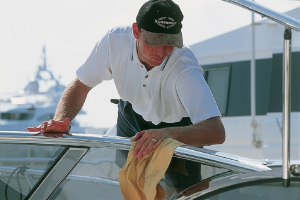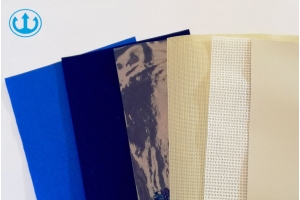HOW TO POLISH THE FIBERGLASS BOAT
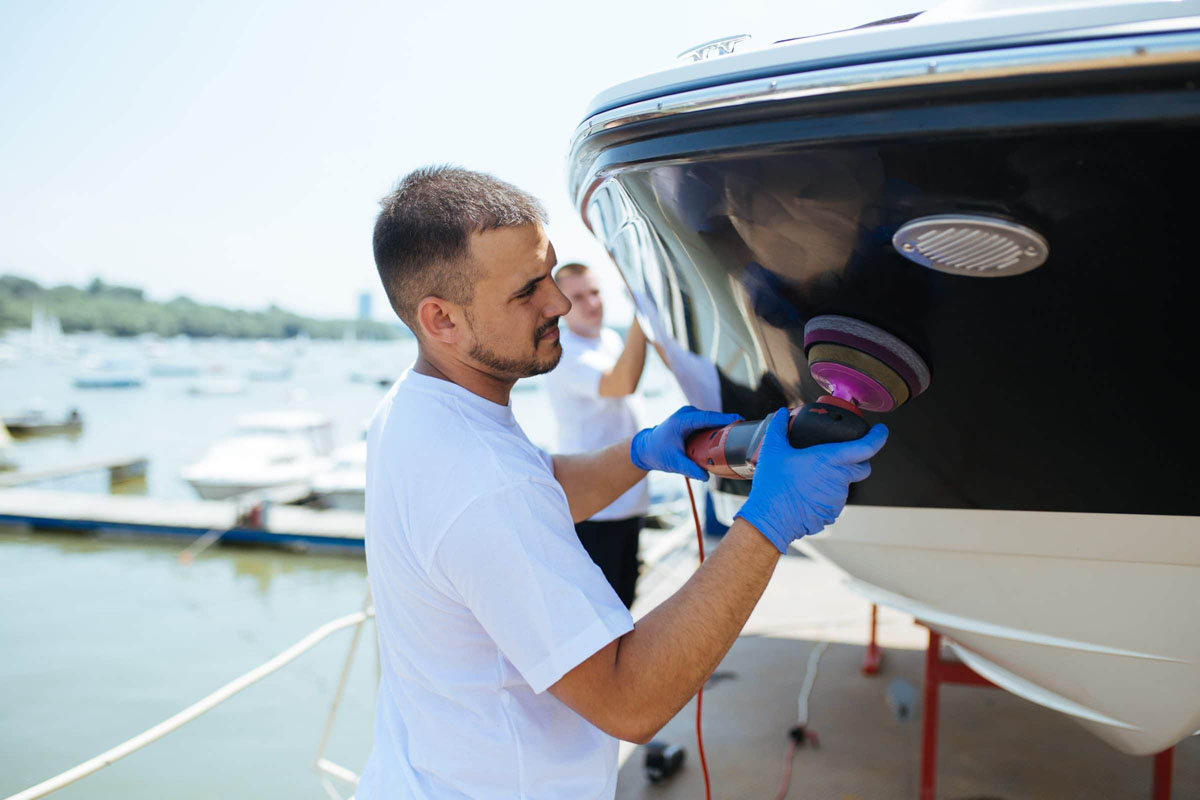
Polishing the boat: right technique and tools to do a good job
The maintenance of the boat, including the cleaning and polishing of the hull, is very important to keep the vessel in perfect working order and to avoid damage over time. Neglecting the polishing of the boat for years, in fact, its surfaces fade and become opaque, giving the whole a worn-out appearance. In this case, reviving the glossy finish of the hull and deck and giving it an appearance similar to that of the first launch becomes a necessity.
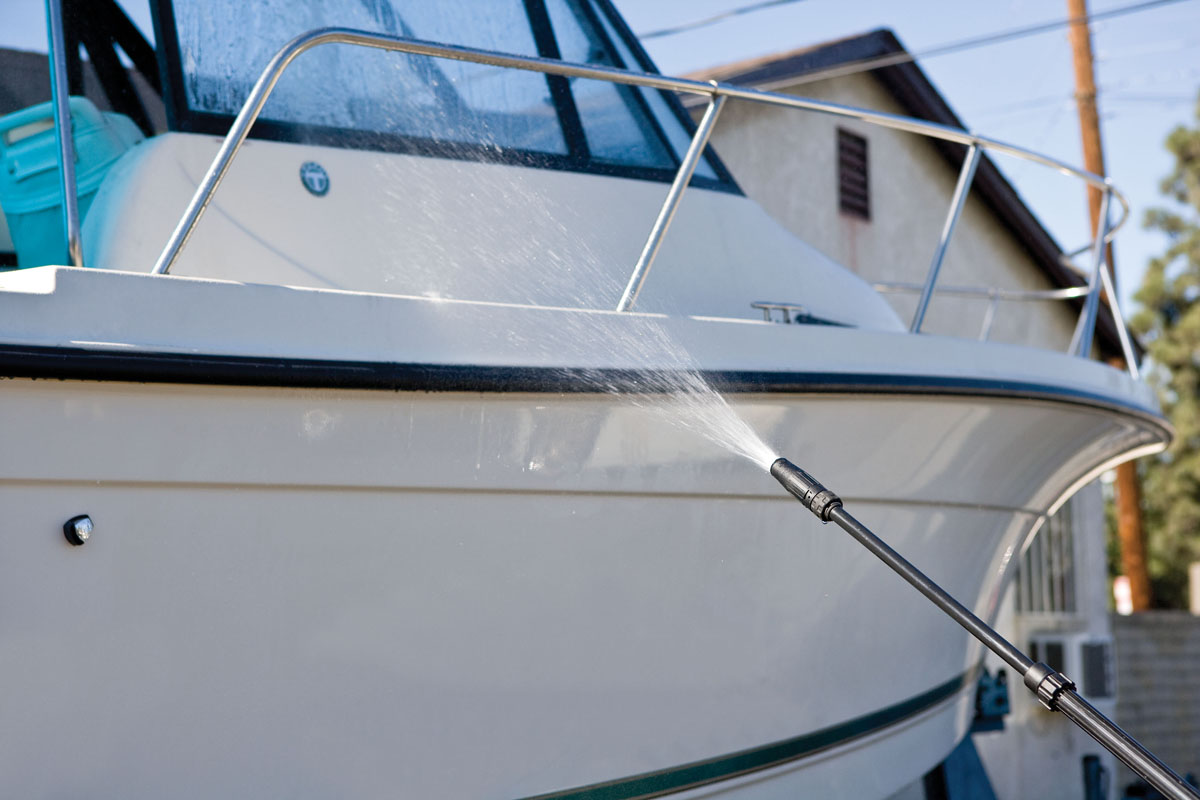
In this guide we will explain how to polish your fiberglass boat to make it last over time and keep its beauty unchanged.
What is fiberglass
Most boats, whether small, medium or large, have fiberglass surfaces.
Fiberglass is a particular material in plastic reinforced with glass fibers, from which it takes its name. It is very resistant to atmospheric agents and does not fear salt, water and scorching sun.
However, like all materials, even the most resistant ones, it needs a maintenance treatment to prevent it from getting damaged, yellowing or deteriorating over time.
Why protect the gelcoat?
The external surface of a fiberglass boat is normally made up of a special resin called a "gelcoat".
This protects the hull and gives it color and shine. However, time and exposure to the sun and seawater eventually erode its relatively soft surface, leaving it dull and chalky. Also, as the gelcoat ages, it will lose oils and dry out completely, giving the boat a worn and weathered look.
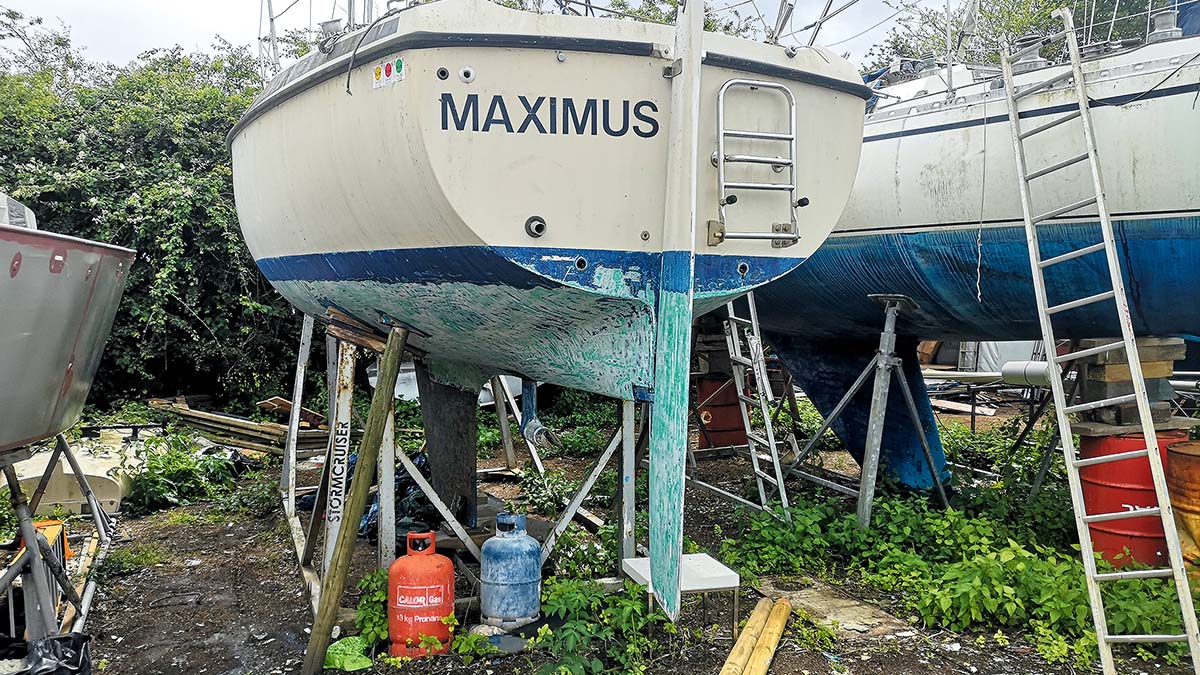
Wax polish replenishes these oils to improve its shine and also helps restore the original shine of the paint. It also removes blemishes or small scratches and keeps the paintwork looking brighter.
How to wash the boat
Before polishing it is important to wash the boat.

In general it would be good to wash the boat at least once a month, and not just when it is put back into the sea, especially if your boat is left outdoors and not covered by protective covers. The most thorough cleaning for polishing, in any case, must be done out of the water, when the boat is positioned on the trailer or is in any case dry.
First of all, when you are about to wash your boat, it is necessary to eliminate all salt residues with fresh water. You can use a garden hose to do this. Eventually, if there are incrustations that are difficult to remove, help yourself with a sponge or a light and not too abrasive sandpaper.
Then, to clean the fiberglass properly so that it remains beautiful over time and continues to perform its protective action on the hull and some parts of your boat, it is necessary to use professional detergents and soaps. In particular, move towards water-based alkaline cleaners and keep away from all those products that are caustic or contain even minimal quantities of hydrofluoric acid. Indeed, this kind of product would risk damaging your boat.
The right tools and techniques make the job easier
For washing and polishing you will then need some specific tools such as a washing glove, preferably in microfibre, a brush and a sponge.
Obviously this requires that the polishing and washing are done by hand. It may seem tiring, but the results are better, because with these tools the products you choose to use will penetrate deeper into the pores of the fiberglass, guaranteeing a more thorough cleaning.
During the washing operations, take care to avoid streaks and dripping stains. To do this, we advise you to avoid doing this work in the sun. In fact, the sun's rays, hitting the hull or other fiberglass parts, tend to overheat the boat, making the surface opaque. So, if you can, always try to work on cold surfaces.
The same goes for stains, always clean from bottom to top and rinse in reverse, from top to bottom. After washing, use a detergent for boats, for the last pass.
Polishing of fiberglass boats
Once you've finished cleaning the fiberglass and gelcoat, it's time to move on to the actual polishing.
Both buffing and waxing exposed boat surfaces remove dead paint and restore the emollients to their original appearance, prolonging their life. This is one of the operations to do for better maintenance of the boat.

Polishing, contrary to popular belief, is not a finish on the boat. In fact, it removes the pitted surface. Both polish and polishing compounds are abrasive. They restore the sheen of the vessel's GRP gelcoat by removing surface blemishes, discoloration and scratches, increasing the surface sheen and its original vibrant appearance.
The pure polish, coated with wax, maintains the high gloss of the boat paint. This polish is only suitable if your vessel requires a light finish. If the surface is excessively pitted or dull, a stronger compound is more appropriate. This keeps the outside of the boat clean and rust-free.
Boat waxing
The final stage of this polishing job is to protect the finish with a wax.
The sun's UV rays will quickly ruin the top of your craft if there is no wax on the surface. Waxing adds depth and sheen to the paint and increases its life. It also further protects the hull's gelcoat and paintwork, sealing surfaces against dirt. It also prevents oxidation from degrading the boat's glossy finish.
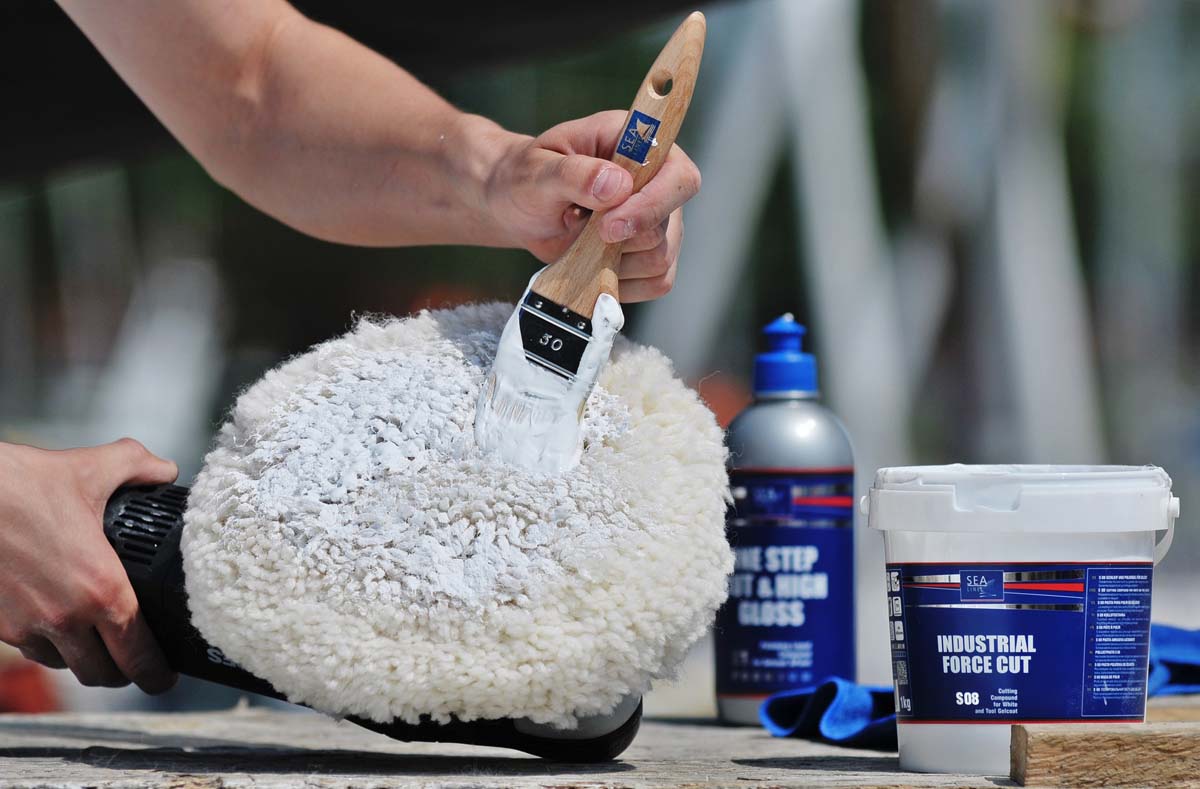
That's why boat polishing is an important aspect of making your boat trouble-free. It is recommended to wax the boat at least once or twice during the season.
In conclusion
Cleaning is the key to preserving the boat's original shine.
All of these operations require patience and technique. They can easily be done on their own, even if many owners turn to professional detailing services specialized in boat maintenance. The important thing is not to leave our boat at the mercy of dirt and atmospheric agents for a long time and so, beautiful clean and shiny, it will be even more satisfying to sail on it.

And you, do you polish your boat?
